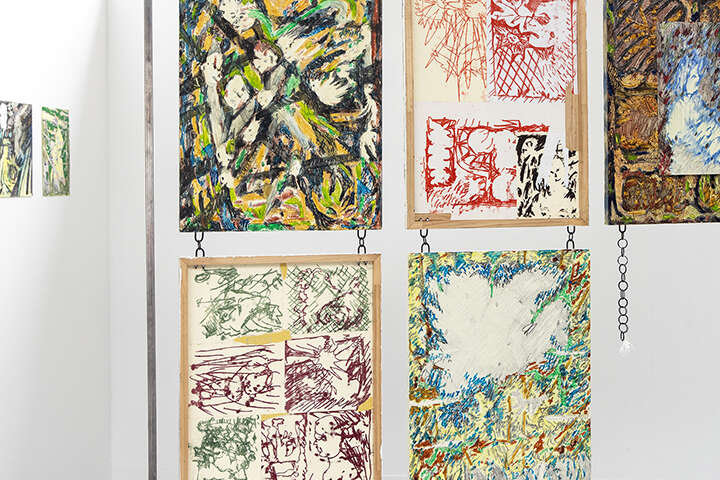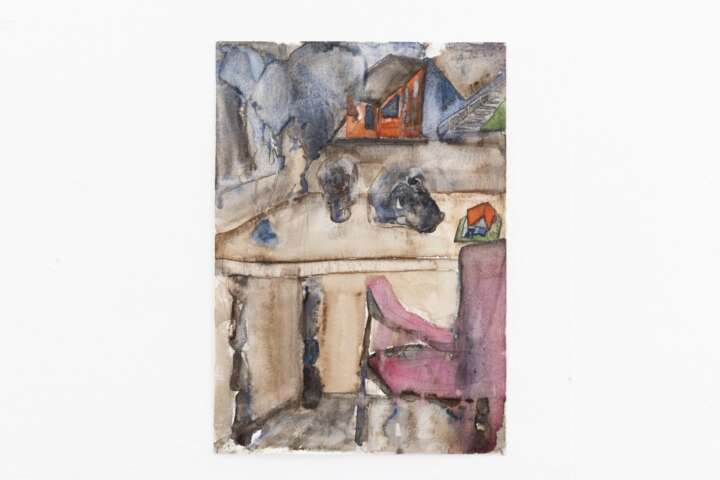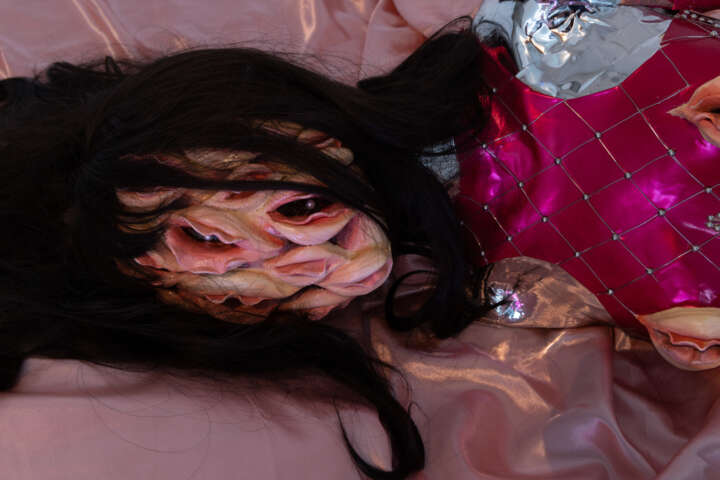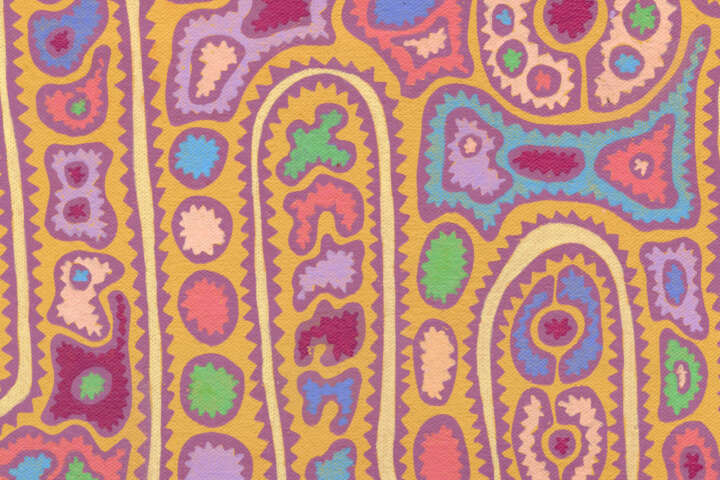Hannah Lynch
Before Richard Prince

My research has developed into a project which questions the moralities of appropriation art. The appropriation artist, Richard Prince, has been the focal point of my research. Deriving what I create from his work presides over content I can use, however, I can decide how to treat it. What has become evident is that while I may be intrigued by appropriation, for others it can be harmful.
Realising the weight of its harm shifted the project from making art about art to exploring a more contemplative side of the concept: cultural appropriation. By listening to all perspectives of appropriation, I begin to thoroughly understand its gestures. Attempting to understand these different viewpoints has become a large part of my practice’s process. Using Prince’s artworks as material, I work back into their origins and attempt to give back to who he took from.
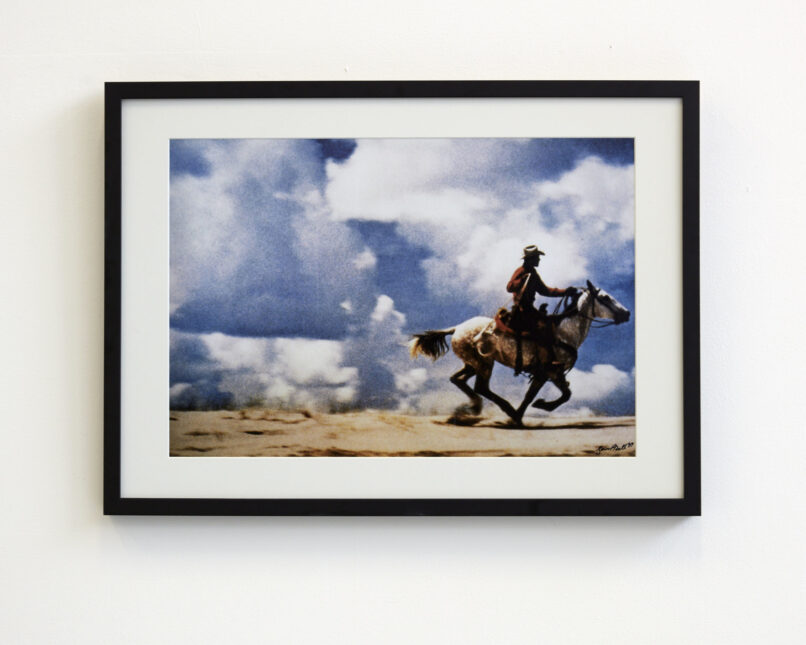

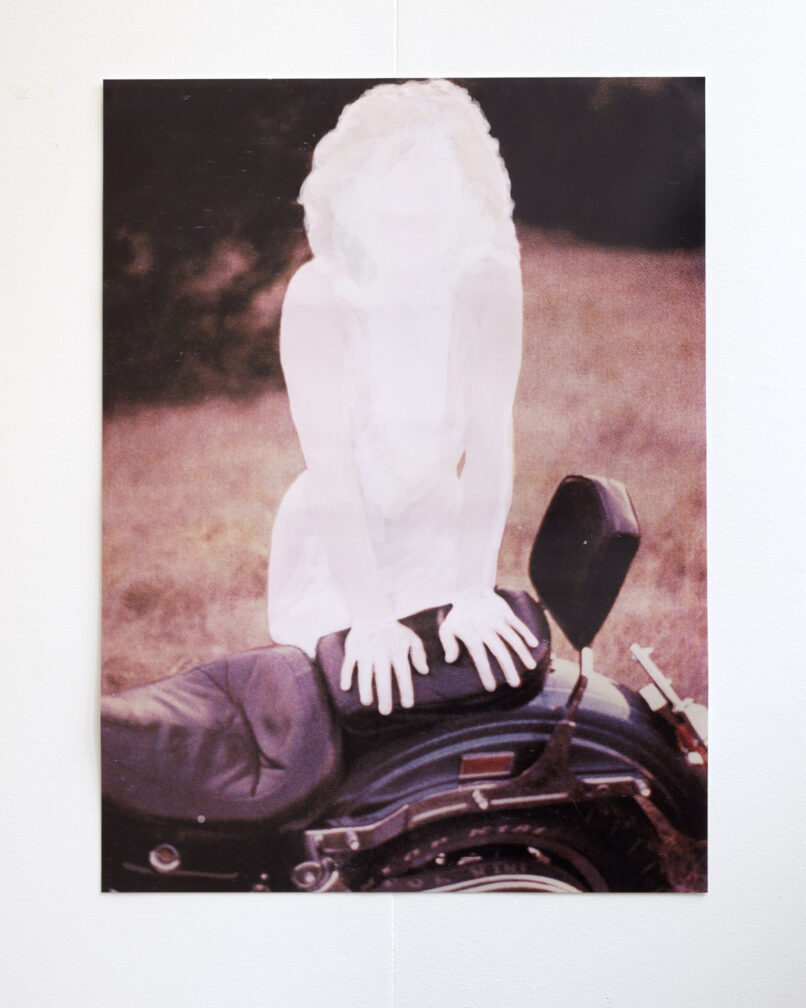

Prince's 'Girlfriends' series was an attempt to show the realities of how we view women. However his choice of imagery in the series only seemed to condone these viewpoints rather than appose them. I white out the woman, a technique of deappropriation. While she was powerful in her original magazine context, she does not belong in Prince's.

The series 'Cowboys' is infamous for Prince's blatant use of other people's images. In many cases, Prince's work received more recognition and financial gain in comparison to the original piece. By copying Sam Abell's signature and framing in an exhibition context, I attempt to give the original photographer of Prince's most well known work recognition for the image.

“...they allow themselves to simply enter that discourse rather than intervene with it on a par with the very objects they once appeared ready to displace.”
